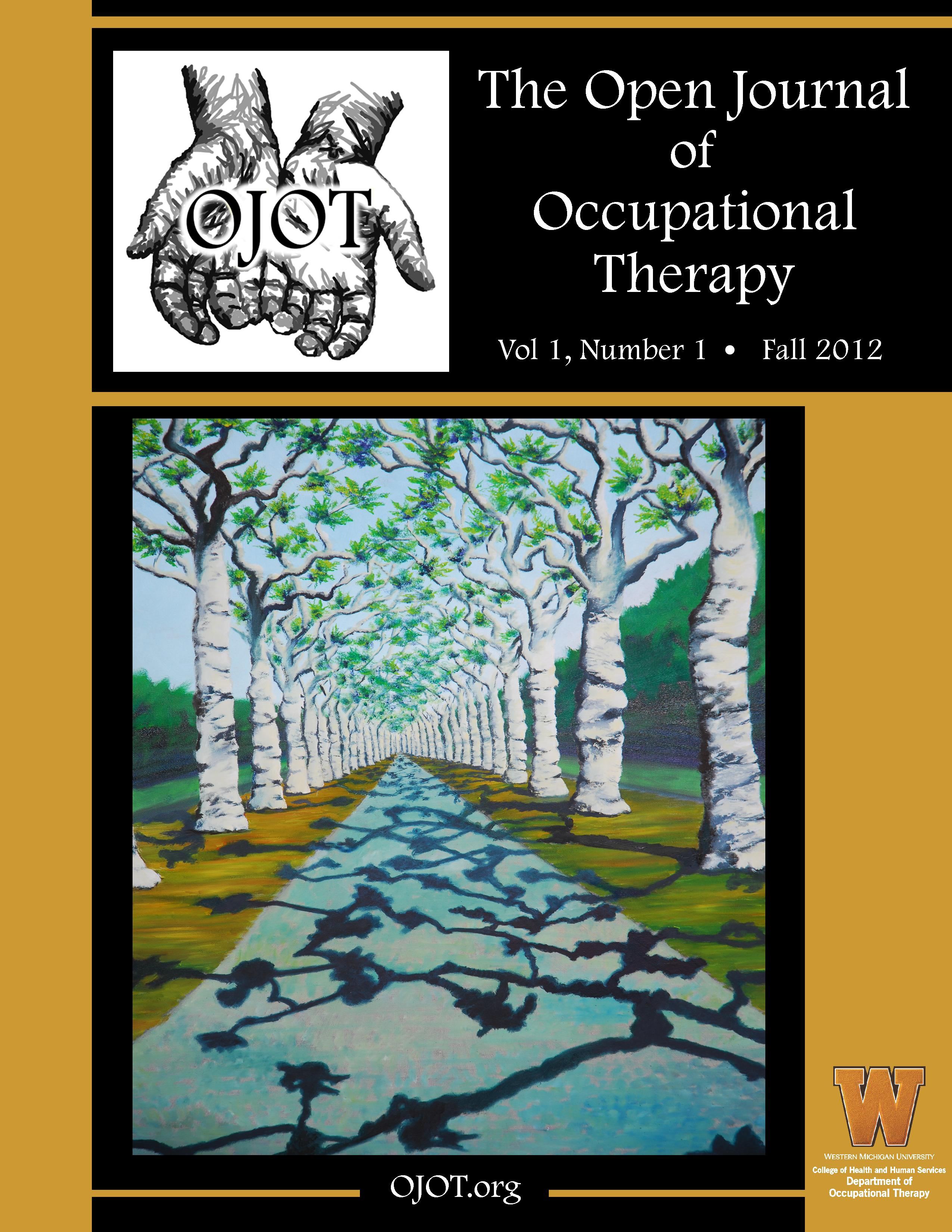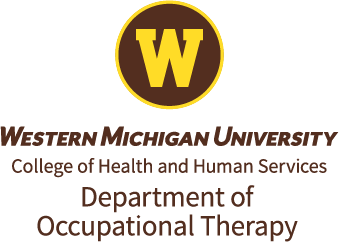ScholarWorks > HHS > OT > OJOT > Vol. 8 > Iss. 3 (2020)
Credentials Display
Christie Raymond, OTD, OTR/L; Susan Zapf, PhD, OTR/L, BCP, ATP; Ellen Hudgins, OTD, OTR/L
Abstract
Background: This case report aims to inform the occupational therapist and other health care professionals of documentation best practices.
Method: This qualitative case report uses an exploratory approach to compare the quality of one participant’s handwritten documentation to her electronic documentation. Outcome measures include the Accuracy Rationale Completeness (ARC) Audit to score the quality of the notes and quantity of words, and an informal discussion with the participant about her experiences using both types of documentation.
Results: The participant’s 25 handwritten notes scored a sum of 321 and the 25 electronic notes scored a sum of 517 out of 650 possible points on the ARC Audit, indicating a 61% overall improvement in scores for electronic notes. All 13 attributes of the ARC Audit indicated a higher score for electronic documentation. The participant wrote 333% more words and reported that she saved up to 10 min per note using the electronic health record system.
Conclusion: This case report illustrates that the participant produced more accurate and comprehensive documentation, including improved clinical reasoning and rationale for therapy services in less time when using an electronic health record system.
Recommended Citation
Raymond, C., Zapf, S., & Hudgins, E. (2020). Effectiveness of Electronic Documentation: A Case Report. The Open Journal of Occupational Therapy, 8(3), 1-10. https://doi.org/10.15453/2168-6408.1722



Comments
The primary author acknowledges that she is the developer of the EasySteps electronic health record system; however, the ARC Audit used to score the notes was based on AOTA Guidelines for Documentation of Occupational Therapy.